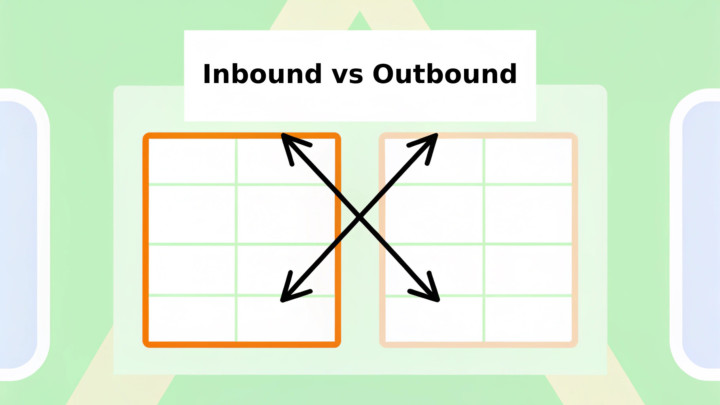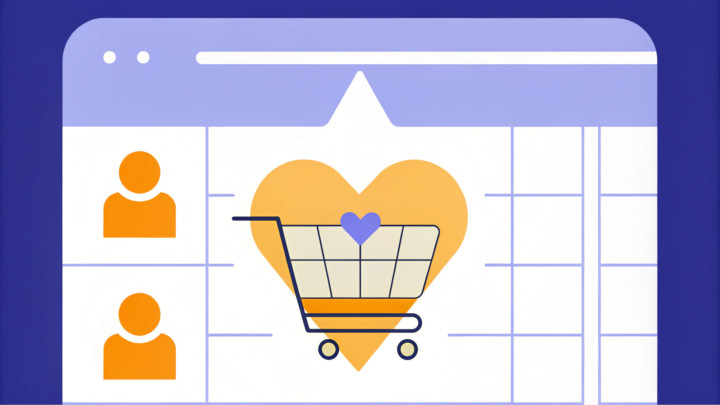Cross-sell, Upsell & Bundles: Sales Strategies for Online Businesses
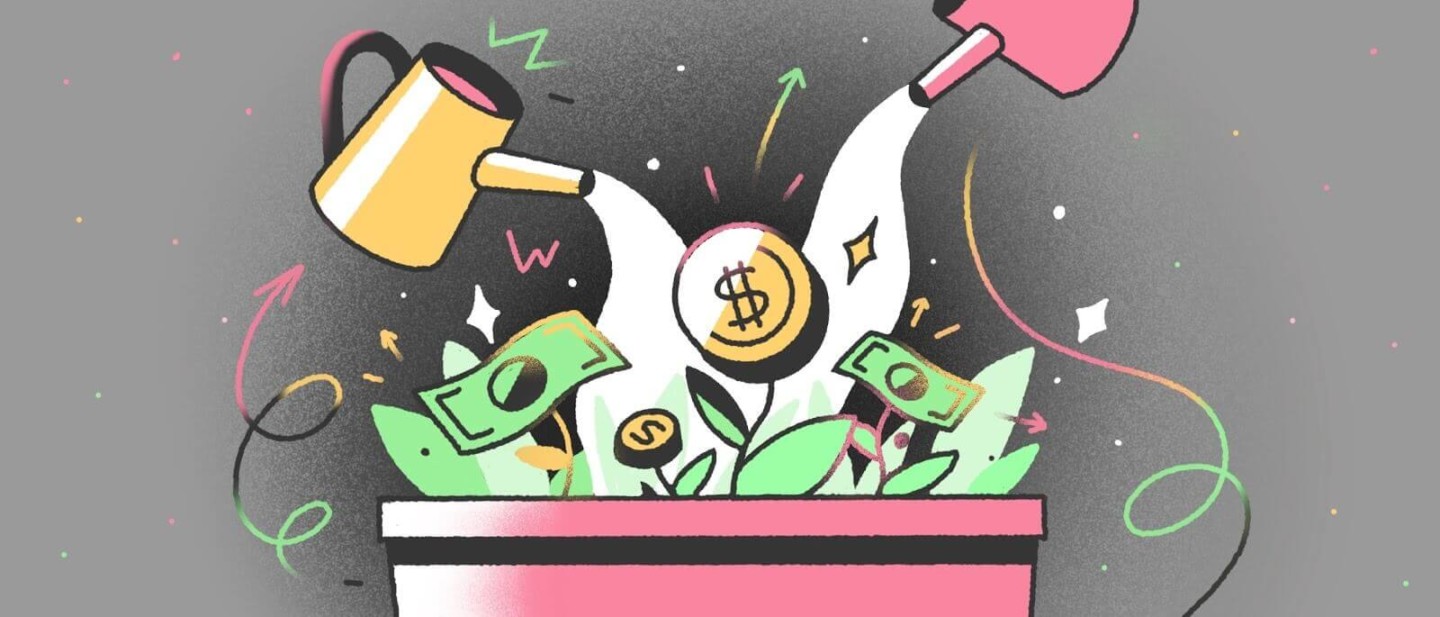
Acquiring new customers is five to 25 times more expensive than retaining existing ones, research says. Plus, selling to existing customers is up to 15x easier: they’re 60-70% likely to convert while new customers buy in 5 to 20% of cases.
We elaborated on B2B sales features. In this post, we’ll dive into how online businesses can grow sales using cross-sell, upsell, and bundles, and we’ll also share our experience.
Cross-sell
Cross-sell is a growth strategy that implies offering additional products to your customer for a more complex solution.
Tinder, for example, offers a notification feature. Users opting in can see if a person they talk to read their message.
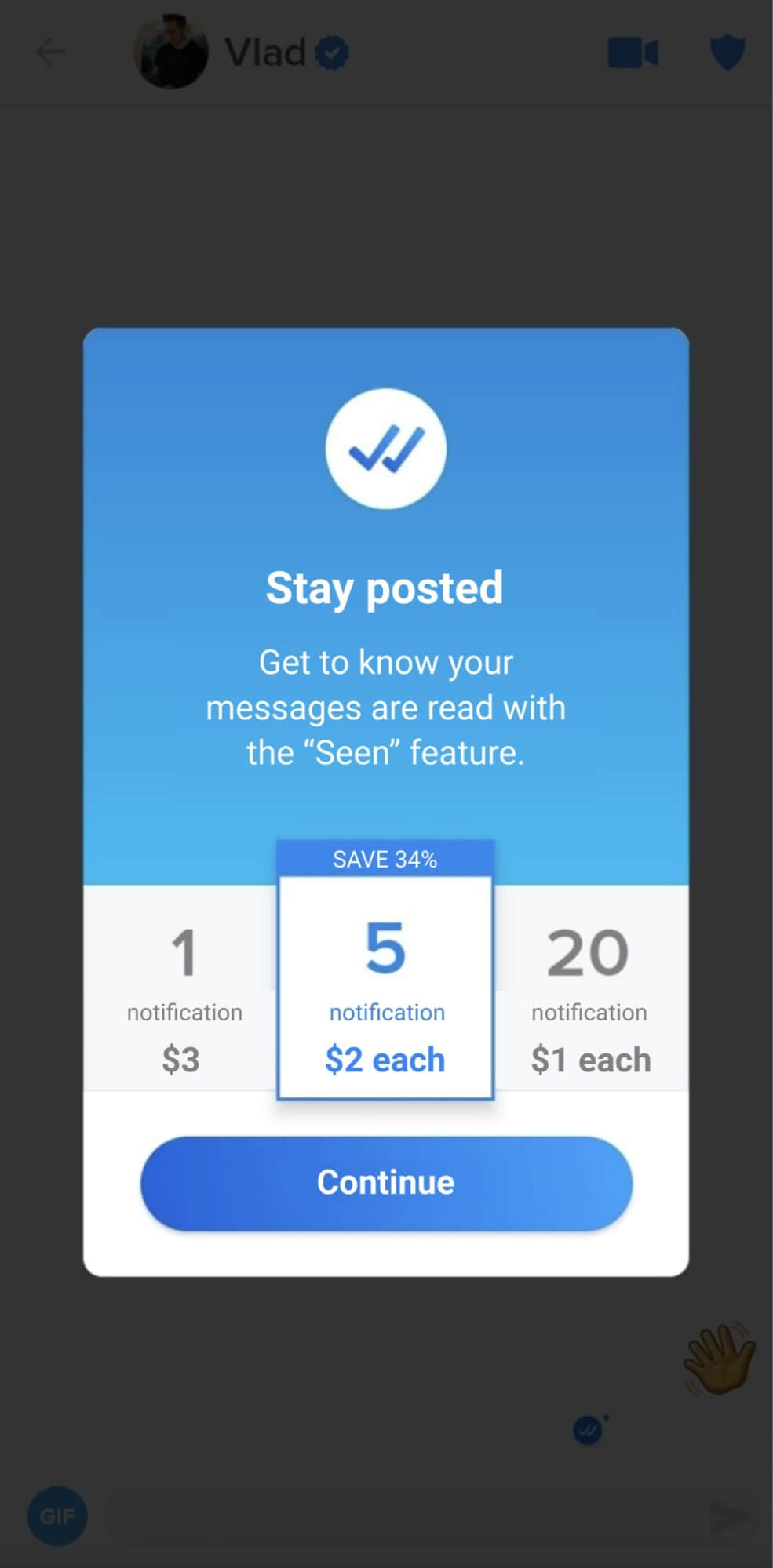
The cross-sell strategy encourages new product, functionality, and service development. It not only grows company profits but also impacts customer retention and customer churn.
According to the SaaS Radar Report by Gainsight and Mckinsey & Company, companies cross-selling products to a third of their customers have the lowest churn rates. This strategy helps you find products that fit your customer needs and meet your KPIs efficiently.
Upsell
Upsell means selling a more expensive plan without developing new products.
While cross-sell means picking products that your user needs, upsell mostly depends on your customer’s success. They’ll only buy a more premium version if they appreciate the product’s value.
Companies with upsell strategies often let customers try their products for free. It’s positioned as a free trial or a freemium subscription when a person may use the product for free. A free version demonstrates your product’s functionality to attract new users of which some will convert and buy a premium plan.
Spotify has free and paid plans. The free plan has some limitations:
- advertisements between songs,
- you can’t skip over six tracks per hour,
- your music is always shuffled.
Upsell is when a customer pays to use your product with no limitations.

Salesforce developing corporate software is also a great example of upselling. Their recent yearly revenue exceeded $13 billion, they were the first enterprise software developer to reach this value.
The company concentrated on customer success and sold up at every stage of the customer journey. Instead of bombing customers with spam calls, Salesforce communicates their product value via more advanced plans.
Get a free website audit and improve your conversions with Dashly experts
Let’s schedule a 30-minute call and find out how to:
- Improve your website conversion.
- Grow your ROI/ROMI with proven hypotheses that fit your audience.
- Optimize or launch ad channels without additional budget.
- Decrease SLA workload by saving their time on lead processing.
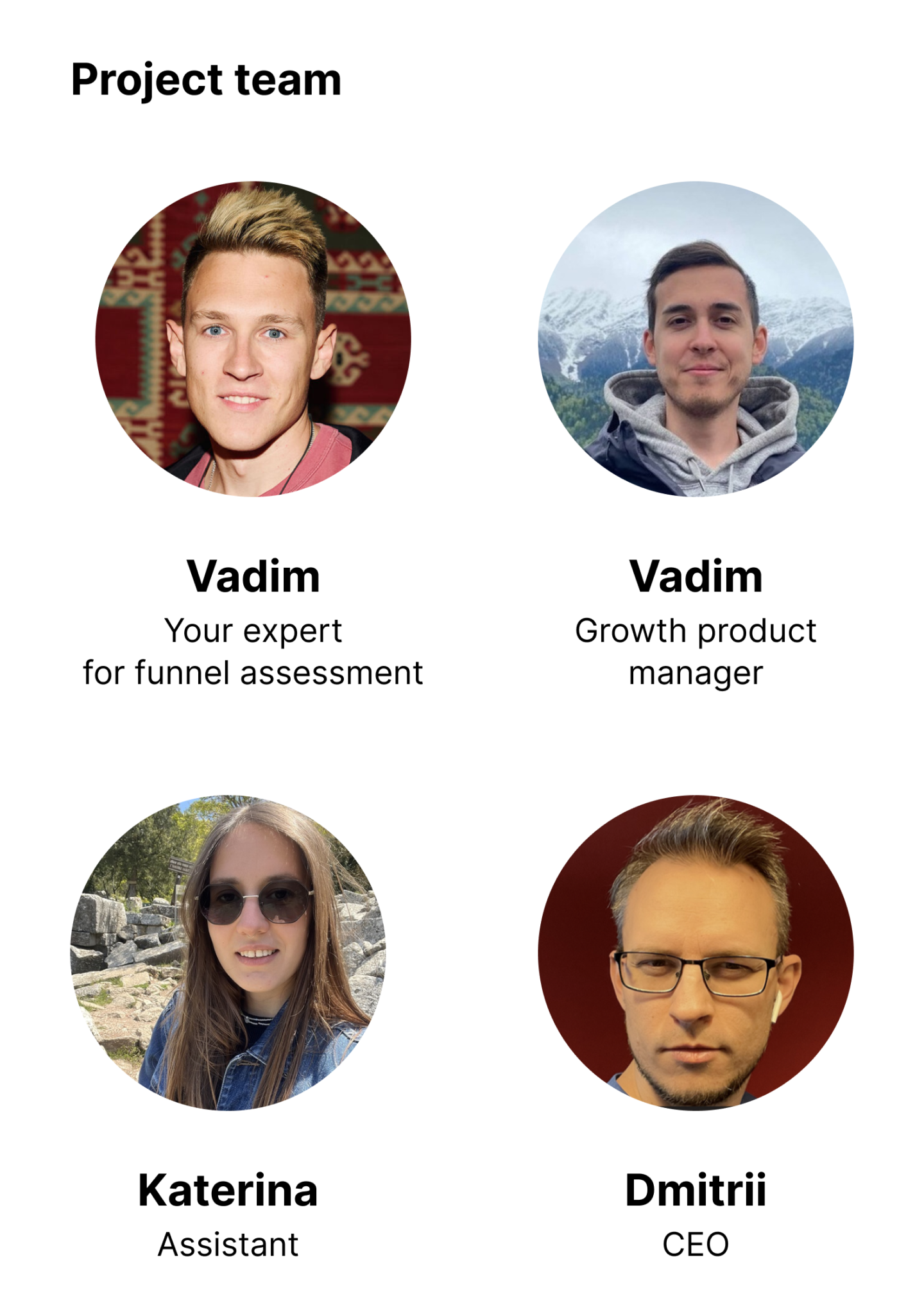
Bundles
“Bundles” are sets of products sold together. A popular bundle example is a “bandwidth Internet + TV + mobile” plan.
Both a user and a company benefit from this strategy. The former gets several products for a discounted price, and the latter sells two or more products instead of just one. You need to know your customers well to sell bundles. Learn which products are often sold together and how well they complement each other.
HubSpot, for example, combines its products in the Growth Suite bundle. Users may buy each product from the bundle separately, but they are cheaper in a bundle by 25%. Customers can also build their bundles.

How do I master my sales? Dashly’s wisdom
Sales in digital products are very different from the ones in e-commerce for two reasons:
- digital products are more sophisticated; communicating their value can be hard;
- the deal cycle is longer compared to e-commerce deals, lasting one to two weeks on average.
In e-commerce, users make buying decisions much faster. After just visiting your store and seeing product details they can buy a product. In SaaS, this is hardly possible. A product may offer you a free trial, but you’ll need to appreciate its value during that same period. In SaaS B2B, deals take even longer to be closed.
Upselling a plan
A user buying a monthly plan is unlikely to have the opportunity to evaluate the performance and see the value of your product. If your product disappoints them, they will get upset and leave. It’s a double minus if a company loses a customer and a customer loses their time and money. That’s why Dashly sales gurus encourage customers to choose a plan for at least three months.
If a customer uses your product for a month with traffic of below 300-500k sessions, they simply won’t see if your product brings incremental revenue. They need time to state their hypotheses, run campaigns, and test them. It’s unlikely that they can do it right then and there.
Upselling services
One of our customers — the landing stories builder — offers landing stories design on top. It’s CEO & founder Dimitrii used Dashly tools to test if this service increases the CR to payment and made $1.5k.
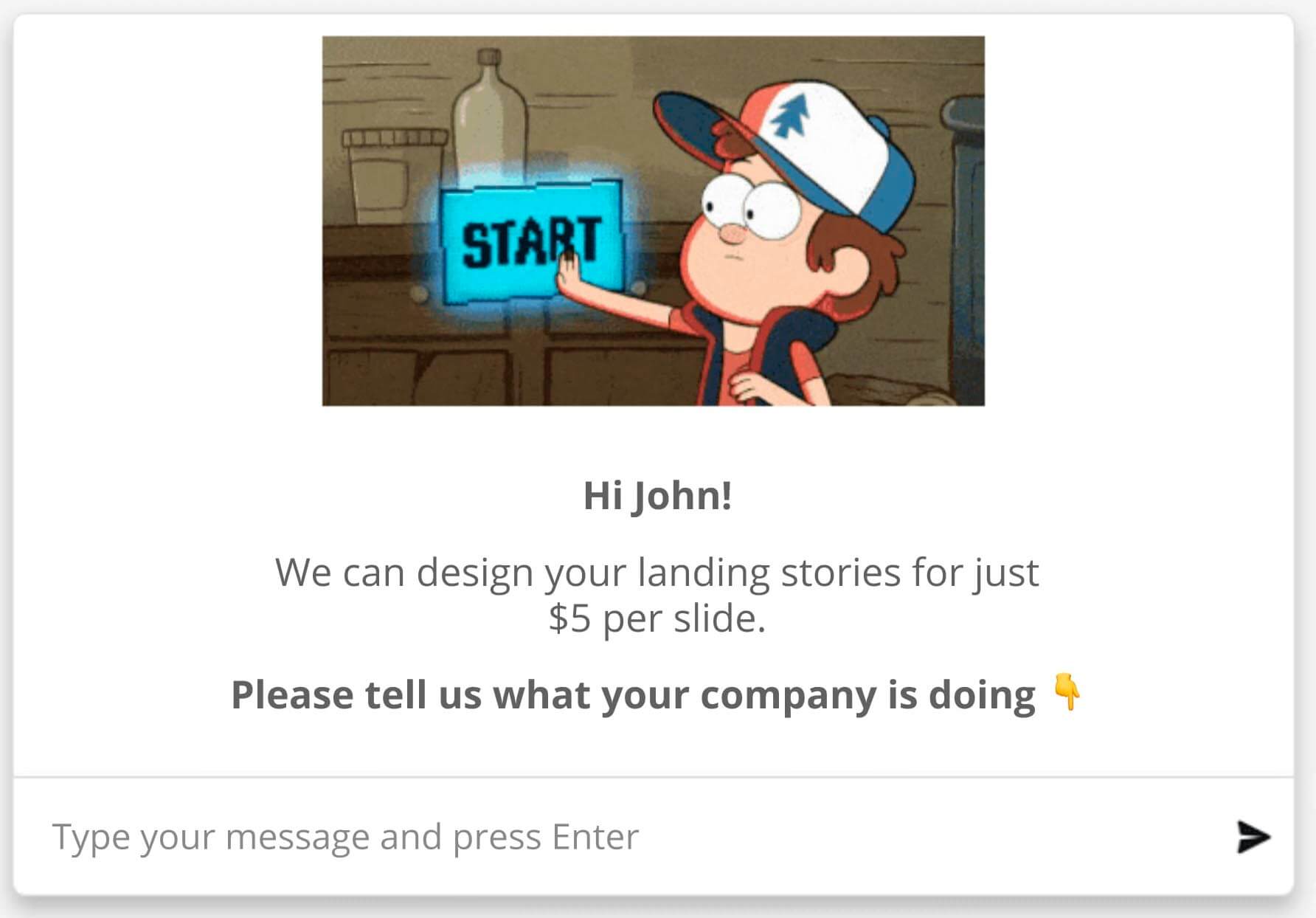
When a customer extends their subscription, sees your product value, and starts growing their business, it’s high time to move on to another upsell option — additional modules.
Upselling additional functionality
Your product should be packed properly so your sales reps can offer additional modules. Customer needs often vary — some choose the most affordable plan, but sometimes they need additional functions.
Let’s consider the example of Zoom which offers four plans:
- basic,
- pro,
- business,
- enterprise.
If users choose a paid plan, they can opt-in for additional modules:
- audio plan;
- large meetings with up to 1 000 participants;
- cloud storage;
- premier support.

We in Dashly offer additional tools depending on the customer objectives. If they want to collect and qualify leads and boost sales, we offer our Leadbot that qualifies users and passes qualified leads to the sales team.
Cross-sell, Upsell & Customer Success
Your major objective is to meet customer needs and help them meet their goals, not just flog additional service. Cross-sell should contribute to your service quality and deliver customer needs.
Support agents know best which issues users face when dealing with your product. Talk to your support team, find out your users’ wishes, and you’ll come with a solution that fits them the best.
We offer additional modules when we see and believe that our customers will benefit from them. Let’s say a user is our loyal customer investing in customer support and new agents. It means they will need to measure their performance. In this case, we offer our Conversation and agent analytics module that will help them with that.
Plus, we contact users in advance if we see them exceeding their current plan which means they should upgrade.
Website and landing page builder emphasizes customer support a lot. The support team is responsible for user communication on these things:
- product onboarding,
- seeing the product’s value,
- meeting customer objectives,
- getting websites ready for launch.
This is important as a user won’t pay you unless they have a ready website. Dashly tools help the website and landing page builder’s team talk to their users:
- triggered live chat messages about updates, special offers, and upcoming events;
- knowledge base for users to cover their product-related questions.
Both support agents and customers can talk conveniently in Dashly’s live chat. Messages from all possible channels (live chat, email, Telegram, Facebook) are accumulated in one place so agents don’t have to switch anywhere. They can see customer details, where they come from — for us it’s very important — and their activity history. There are analytics and other useful features, and the platform is very affordable.
The most important thing is to build a product that brings value to our customers and remember that we develop our product for the people. You can only be successful if you communicate this value properly and help users see it, and we can’t do that without our support agents.
Key takeaways
Cross-sell and upsell strategies help digital products increase sales and grow. You need to know your customer and their needs to formulate the correct strategy. Customers can either prefer buying additional functions one by one or you can pack them in bundles. When using the upsell model, you need to transmit your product’s value properly so that customers perceive it as a quality upgrade.
Get a free website audit and improve your conversions with Dashly experts
Let’s schedule a 30-minute call and find out how to:
- Improve your website conversion.
- Grow your ROI/ROMI with proven hypotheses that fit your audience.
- Optimize or launch ad channels without additional budget.
- Decrease SLA workload by saving their time on lead processing.

FAQ
Cross-sell is a growth strategy that implies offering additional products to an existing customer for a more complex solution.
Upsell means selling a more advanced plan or a subscription upgrade.
A bundle is a set of products that are sold together, often for a special discounted price.
Read also: 20 AI sales tools: Boost your sales strategy with revolutionary technologies






![What is sales enablement? Definite guide + Strategy + Tools for 2024 [CSO edition]](https://www.dashly.io/blog/wp-content/uploads/2021/03/sales-enablement-720x308.jpg)
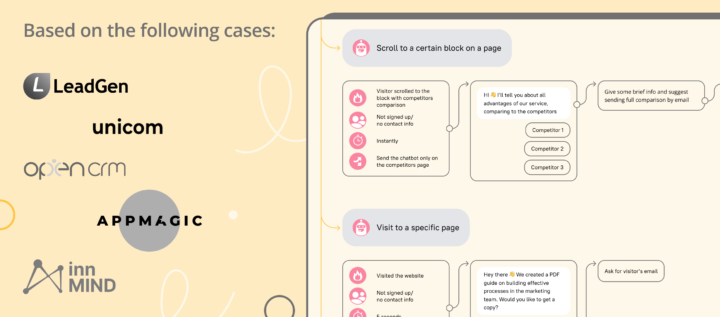
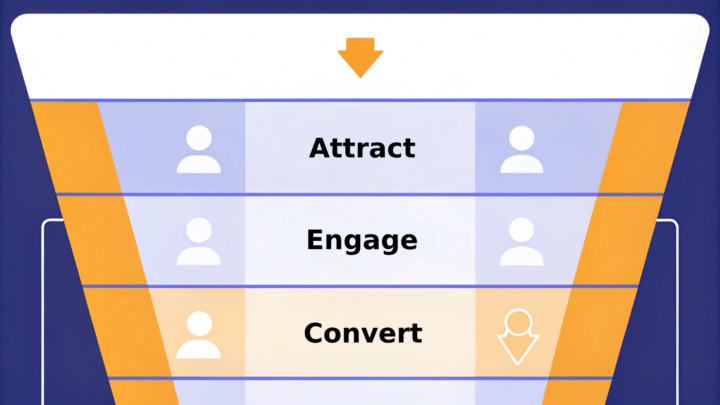
![Build Ideal Customer Profile Like a Pro Even If You’re Not [3 Templates]](https://www.dashly.io/blog/wp-content/uploads/2021/03/ideal-customer-profile-4-720x308.jpg)
